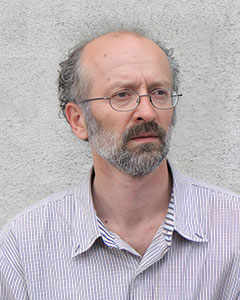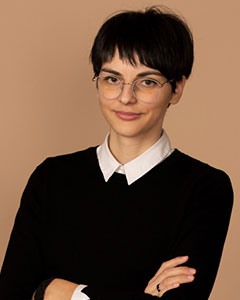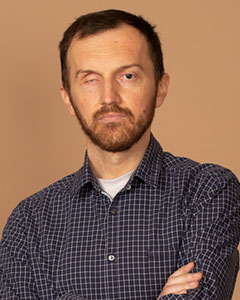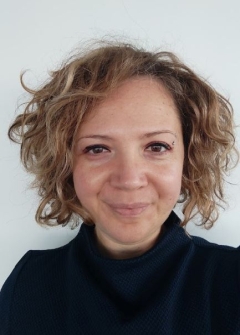Urbanism and spatial planning are interdisciplinary activities of a unique complex that carefully and responsibly deal with the future of the city and space, man, nature and economy. Since its establishment, this department researches, educates and operates in an orderly world that supports and promotes it. Since the end of the 20th century, urbanism and spatial planning have been practiced in a challenging world of deregulated economy and legislation – construction has “freed itself” from the constraints of the order of planning, and chaos is re-entering the city. The new socio-economic context of “chaos” has also set new challenges in the teaching and scientific process. Urbanism and spatial planning, with eyes and mind wide open, understands the past, tries to understand the present and cautiously and boldly projects the future. The Department of Urban Planning today resolutely affirms the normative, stochastic approach to the future of the city and critically opposes the deterministic approach to the future. Within the field of urban planning, three units of the complex are studied and taught: urban design, urban transformations and urban planning, and all covered by the theory and history of urbanism and legislative matter. Aware that the city is not an isolated place, but that it is a part of a large space which affects it, the fourth area of study is spatial planning, by its scale differentiated and at the same time an integral part of the complex of learning about urbanism and spatial planning at the Department. Teaching today is carried out in the amount of 38 ECTS credits, which makes 19% of the compulsory education program for architects-urbanists. The department encourages and asks students to think critically, build their individuality and curiosity, but also to learn about the long-established social and professional value system. Working on these assignments involves innovative and modern methods, laboratory and field observations and research, but also study visits, which further deepen theoretical knowledge and achieve practical improvement through simulating a real environment. Problems whose origins are sought in their own environment are explored, and in this way, students are connected to the real space and develop a sense of action in the community.
In studying the functions of human upgrade, free time, students design spaces in which a man and his health, both physical and psychological, are the focus of aesthetic and functional space design. The concepts proposed optimize natural resources, protect and promote nature protection, are designed for pedestrians and aim to form a safe, pleasant and stimulating environment, and are aligned with the current problems encountered in urban areas at the global and local level. The knowledge students acquire accompanies today’s problems and answers offered in the world of designing spaces for a comfortable life of a person.
The field of urban design deals with the creation of new urban units, sometimes operating within existing urban tissue, one that we believe is of particular importance for the city. Urban design is also present in an intact natural environment, where man believes that by building, he can acquire his good and, at the same time, not affect natural degradation.
The field of urban transformation deals with interventions in parts of the built city tissue, but in specific phases of urbanization, it also deals with the entire city space, when it is integrated with urban planning and works together. This field is of high aesthetic, design and functional complexity and is studied almost entirely at the graduate study.
The integrity of the education of an architect-urbanist necessarily includes studying and researching the largest scales of space. Spatial and regional planning are studied at the graduate study as instruments of spatial planning. Special emphasis is placed on the evaluation of Bosnian and Herzegovinian theory and practice of spatial planning in the mid-20th century, as well as on the rise of the European perspective of spatial development from the end of the 20th century.
Čengić Nihad, dipl.ing.arh.
Doktor nauka, Vanredni profesor, Šef katedre za urbanizam i prostorno planiranje
CV Nihad Čengić
Čakarić Jasenka, dipl.ing.arh.
Doktorica nauka, Redovna profesorica
CV Jasenka Čakarić
Bošnjak Karadža Katarina, dipl.ing.arh.
(MA) Magistrica struke, Viša asistentica
CV Katarina Bošnjak Karadža
Jašarević Ibrica, dipl.ing.arh.
Magistar struke, Viši asistent
CV Ibrica Jašarević
Pavlović Andrea, DIPL.ING.ARH.
Magistrica struke, Asistentica
CV_ANDREA_PAVLOVIC_ENG
Edib Pašić, DIPL.ING.ARH.
(MA) Magistar Struke, asistent
Edib Pašić CV Europass 2025 04 25
- Prof. dr Azra Kozarčanin







